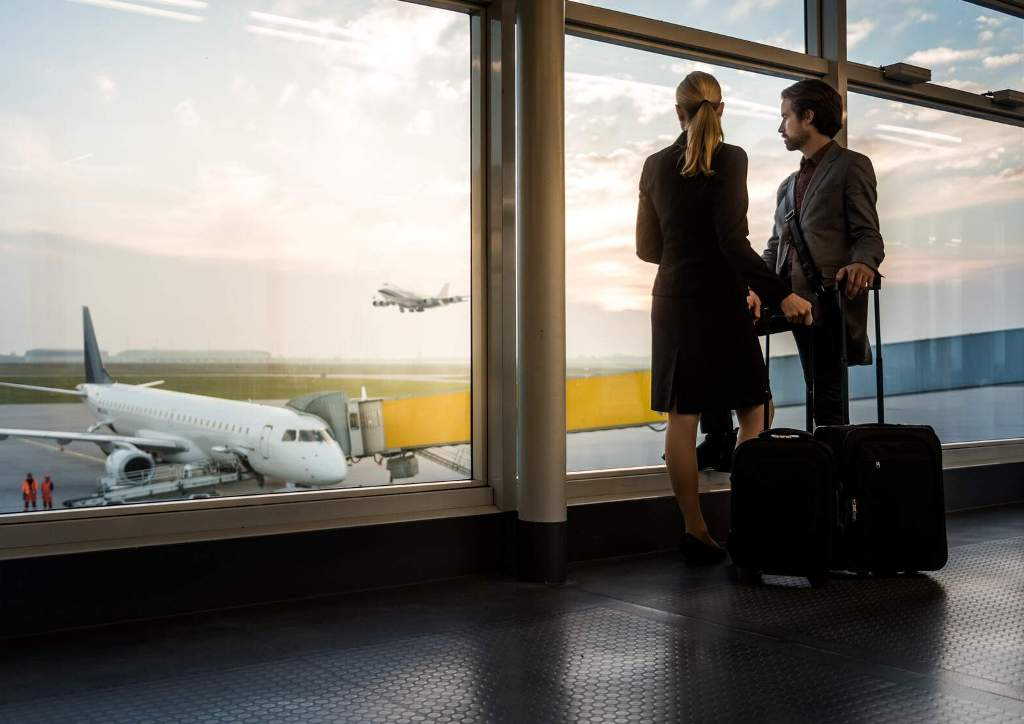Rules for transporting baggage and hand luggage

The plane is the fastest, most convenient and comfortable modern means of transport that allows you to cover very large distances in the shortest possible time. To ensure the safety of passengers during the flight, it is necessary to adhere to a number of strict rules and requirements, which do not depend on the type of aircraft, the status of the passenger, or the purpose of the trip.
In addition to purchasing airline tickets during the flight, one of the most important issues is the rules for transporting luggage. In order to avoid unnecessary problems in the future, it is necessary to approach the solution of this issue carefully and responsibly. At the same time, it is necessary to take into account that the rules for transporting luggage are not the same for all airlines and may be presented differently depending on some factors. The main thing is which country the passenger is traveling to, because each country has its own standards and norms. In addition, there are general rules used all over the world:
+ It is necessary to ensure that travel bags or suitcases are intact, without cracks or cuts, so that your belongings are not damaged during the flight. For complete certainty, you can wrap your luggage with cling film (or use this type of paid service at the airport).
+ It should be noted that some items are strictly prohibited from being brought onto the plane both in hand baggage and in baggage.
So, it is forbidden to take in baggage:
+ Acids, alkalis, mercury (various devices containing these substances), as well as liquid accumulator batteries.
+ All types of flammable or non-flammable, toxic, compressed or liquefied gases.
+ Flammable solid or liquid substances. For example: matches, lighters, etc.
Flammable gases released upon contact with water, self-igniting substances and liquids for filling lighters are prohibited from being taken onto the plane.
+ Peroxide, bleaching powders, etc. These types of substances.
+ Explosive and flammable items. These include firearms, fireworks and ammunition. Carrying empty cartridges and detonators is prohibited.
+ Poisonous, infectious and toxic substances. This includes etiological items, laboratory materials, insect control products, herbicides.
+ Radioactive substances.
+ Bags and suitcases with built-in alarms.
Attention! On most airlines, it is even forbidden to carry:
+ Manicure scissors, razors, all cutting tools, including drills and drills.
+ Syringe needles.
+ Sprays, creams, gels, shampoos, mascaras.
+ Water and various drinks.
In addition, it is not recommended to store money, items made of precious metals, securities, glasses, test items and perishable products in general checked baggage.
Hand baggage is small bags that are allowed to be carried into the cabin of the aircraft. Remember that the requirements for hand luggage on an airplane are stricter than the requirements for general luggage. According to the rules, you can take liquids on board in your bag only in a special container, not exceeding 100 ml. In this case, baby food and vital medicines for passengers are an exception. When transporting luggage on an airplane, it is necessary to take into account a number of points in order to avoid possible problems with the flight in general.
We wish you interesting travels and pleasant rest!


